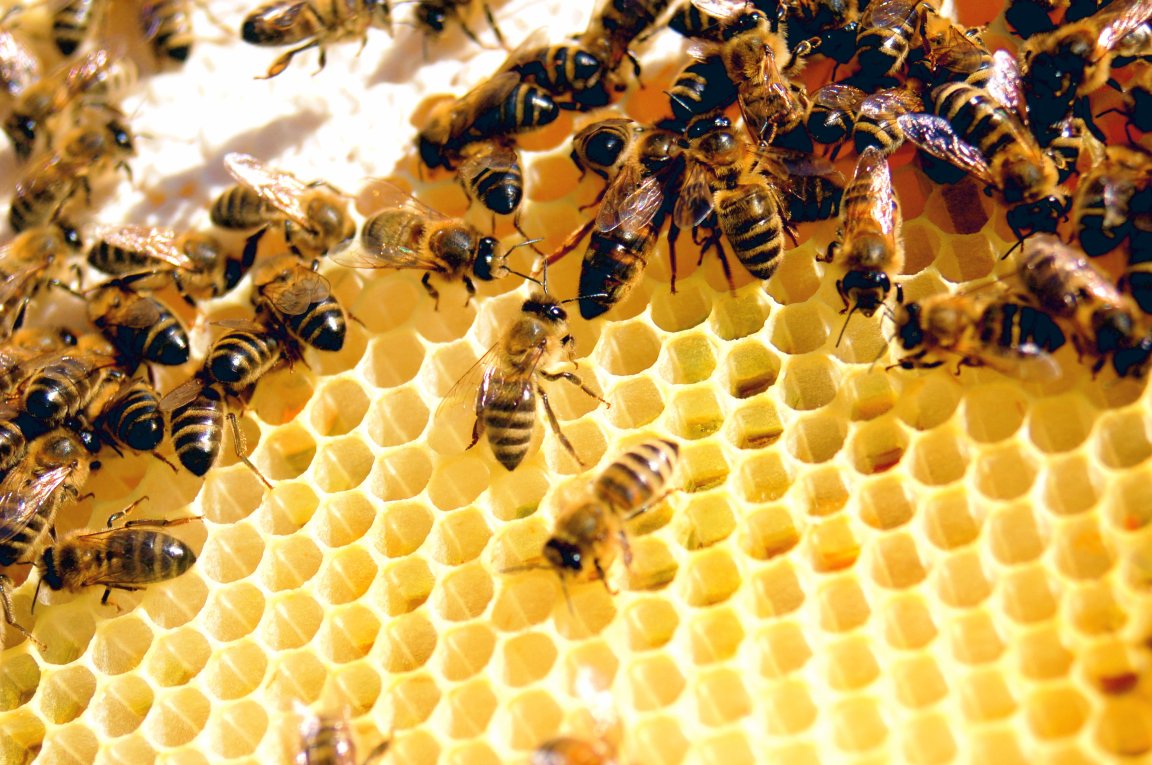
Bee Population Decline
It’s a well-known fact that global bee populations are on the decline. Scientists have been struggling to better understand the alarming trend for years, and a new study appears to have shed some light on a key contributing factor. The new study, published in the journal Proceedings of the Royal Society B, has shown that fungicides are a leading factor linked to bee population declines.
In a presentation at the American Association for the Advancement of Science (AAAS) annual meeting, it was revealed that from 2008 to 2013, populations declined about 23 percent across the contiguous U.S., and in 139 counties throughout the U.S., wild bee populations are considered to be in serious danger.
The worrisome trend is not only a threat to native bee populations but to many industries, humans rely on, in which pollinators (bees in particular) play a critical role in, such as agriculture and the continued success of plant species. According to a 2014 piece published by the BBC, bees “pollinate 70 of the around 100 crop species that feed 90% of the world. Honey bees are responsible for $30 billion a year in crops.”

Fungicides
The recent study showed fungicides may well be the strongest contributing factor to bee decline. These findings came as a surprise to scientists, as fungicides are used to target molds and mildews, not insects. In fact, according to Scott McArt, at Cornell University in the U.S. and who led the new study, up until now “Fungicides have been largely overlooked.”
Researchers are not positive about why they pose such a distinct threat to bees, but the present conclusion is that they make bees more susceptible to the deadly nosema parasite and/or increase the toxicity of other pesticides. What scientists do know is that whatever the mechanism is that makes fungicides so deadly to bees, it needs to be addressed for the sake of these populations.
McArt expanded, saying that “There needs to be much more work on fungicides and their role in bee declines. People are not looking in all the places they probably should.”
Matt Shardlow, at conservation charity Buglife, said that “The way we humans are managing the landscape is putting bees are under enormous pressure, and just as we seem to be making progress towards a complete ban [in the EU] on a proven factor – neonicotinoid insecticides – it appears a very common fungicide could also be a driver of wild bee decline. Scientists and regulators must respond with urgent new studies.”
Professor David Goulson, at the University of Sussex, UK added that “This research suggests the regulatory system for pesticides may have let us down once again, perhaps because regulatory tests don’t expose bees to the pesticide and a disease at the same time.”